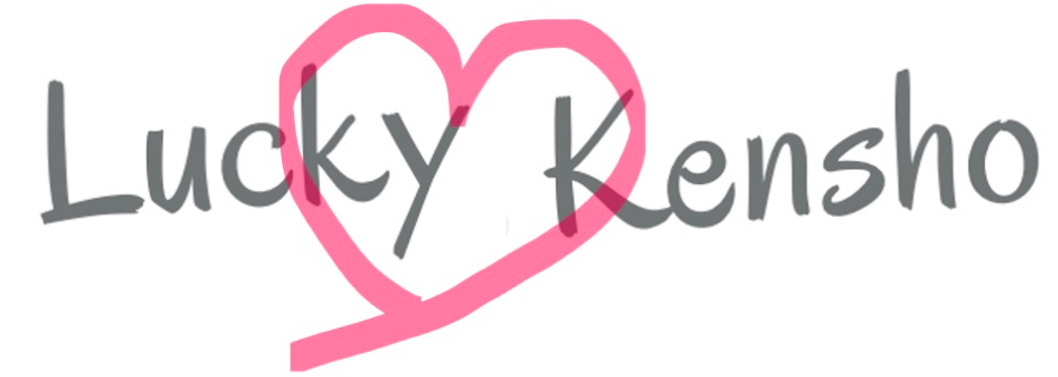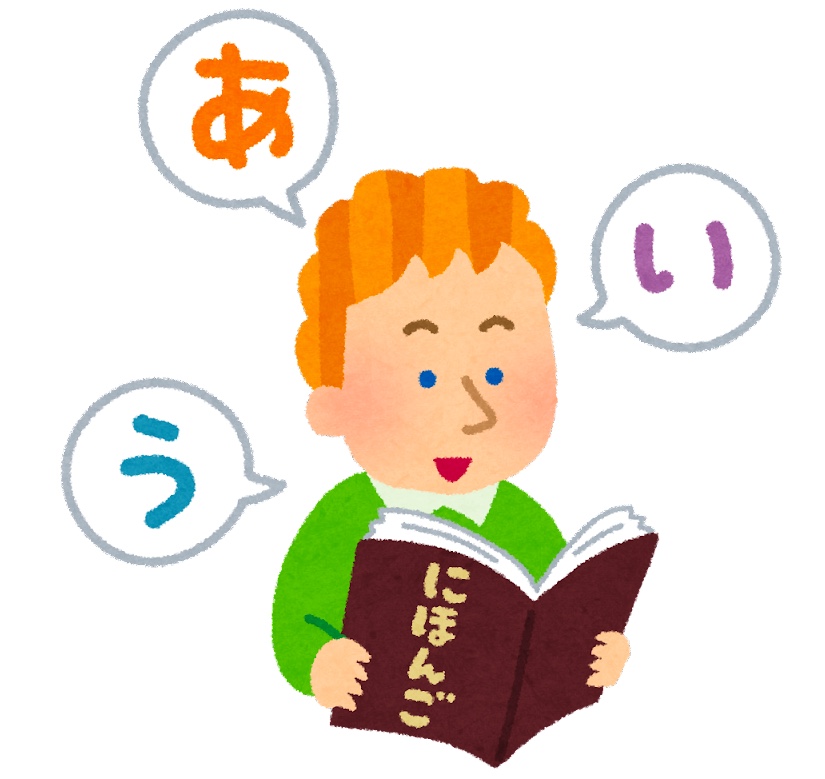Japanese is the language we use daily. It is our mother tongue and the de facto official language of Japan. Our mother tongue is what we call our first language. It is the only language that can be acquired spontaneously. In contrast, learning a second language requires learning sets of vocabularies in contrast to one’s native language. Also, when learning an English grammar, one uses one’s native language to understand the grammar of the said language.
We, Japanese are fortunate to be able to understand Japanese as part of this native language acquisition process. For English speakers, Japanese is one of the most difficult languages in the world to learn, and yet we Japanese people can learn it naturally. Non- native speakers of Japanese, however, must learn it as a second language. The difficulty of handling Japanese as a language is not just a sense of it, but as a language.
There are different kinds of characters
We, native speakers of Japanese, use the above four characters sensibly in our daily lives.
The use of hiragana/katakana/kanji/alphabet is very natural to us, and we do not feel any discomfort at all about the presence of multiple characters in a single sentence. However, hiragana is usually the first character a learner should learn in Japan. There are 46 characters in that alone. Even more, if you include the voiced, semi-voiced, long, and sulphonic sounds. And then there is katakana. Since you are a foreigner, if you do not have a kanji name, katakana notation is the basic way to write your name. Then, we will gradually change it to kanji. When it comes to learning kanji, we are told that it is a “hell of a time,” or something to that effect.
There are many ways to read Kanji
Regarding kanji, it is said that for those who come from non-Kanji speaking country, it is like an endless training. During the Kanji test, the teacher and students are at each other’s throats. Students try to write something that looks like a character with a similar design/stroke. Some students, write unfortunate Kanji characters that have the kanji’s bias and tsukuri separated. Some students tried to get partial points by writing kanji they could think of randomly. There were a variety of students, but most of them basically showed a rejection to learn kanji. For students from Kanji-speaking countries, the hurdle may still be lower than for non-Kanji-speaking countries, although they should be aware of the different connotations of their native Kanji characters.
First, there are 2,136 kanji characters designated as jōyō kanji in Japan. Japanese people learn these over nine years of compulsory education. Japanese language learners must learn this in parallel with Japanese grammar, pronunciation, etc. It drives me crazy.
Fewer Kanji readings and kana
Kanji characters used in daily life are rarely marked with ruby, which is hard for Japanese learners. Other than the 2,136 Jyoyo-yo Kanji characters that appeared earlier, or in the case of special readings, only those characters are given ruby. You don’t see this very often except in books for children.
In fact, it is said that the presence or absence of Rubi can make a significant difference in the level of understanding among learners of Japanese. In fact, when we asked a learner who improved his Japanese conversation skills in a short period of time about his learning method, he told us that he watched Japanese TV programs, especially variety shows, repeatedly. Variety shows these days have a lot of tickers inserted into the program. Thanks to this, they were able to link the sounds and kanji characters, which improved their listening ability.
A lot of onomatopoeia
Onomatopoeia is what is called onomatopoeia or mimetic words. It originally comes from the French word onomatope. Onomatopoeia is the verbal expression of sounds such as “clatter” and “zaa zaa. Onomatopoeic words are those that describe the state of things, such as “niko niko” and “Kirakira Kirakira.
Japanese people use onomatopoeia very frequently in their daily lives, with more than 5,000 words in existence. There are other onomatopoeias besides Japanese, but even Chinese, the second largest language, has around 300 words. English has even fewer, around 150 to 170 words. Onomatopoeia is said to be the most difficult point in translating manga. For example, the onomatopoeia “scene” for silence. There is no sound, yet there is a sound? It may be strange if you ask me.




Comments